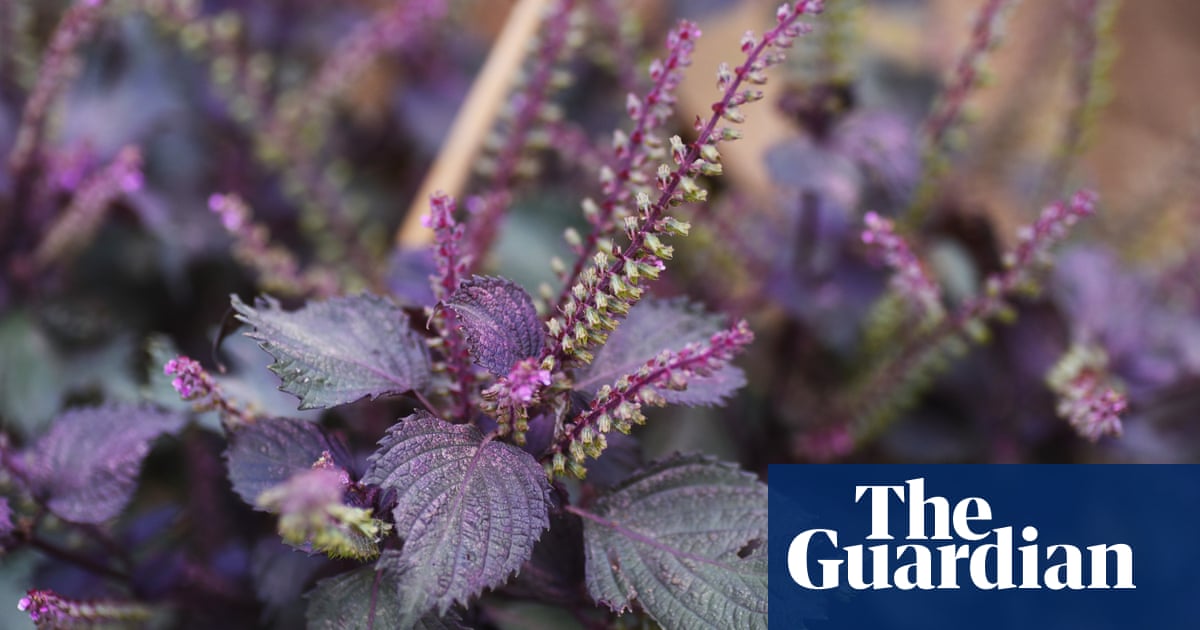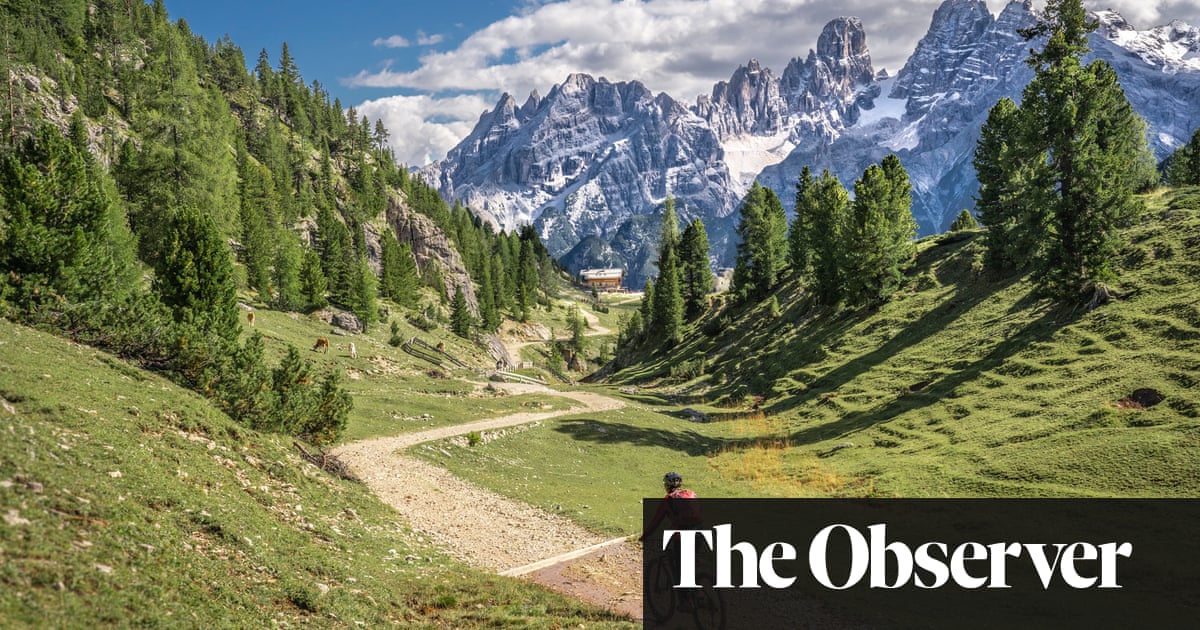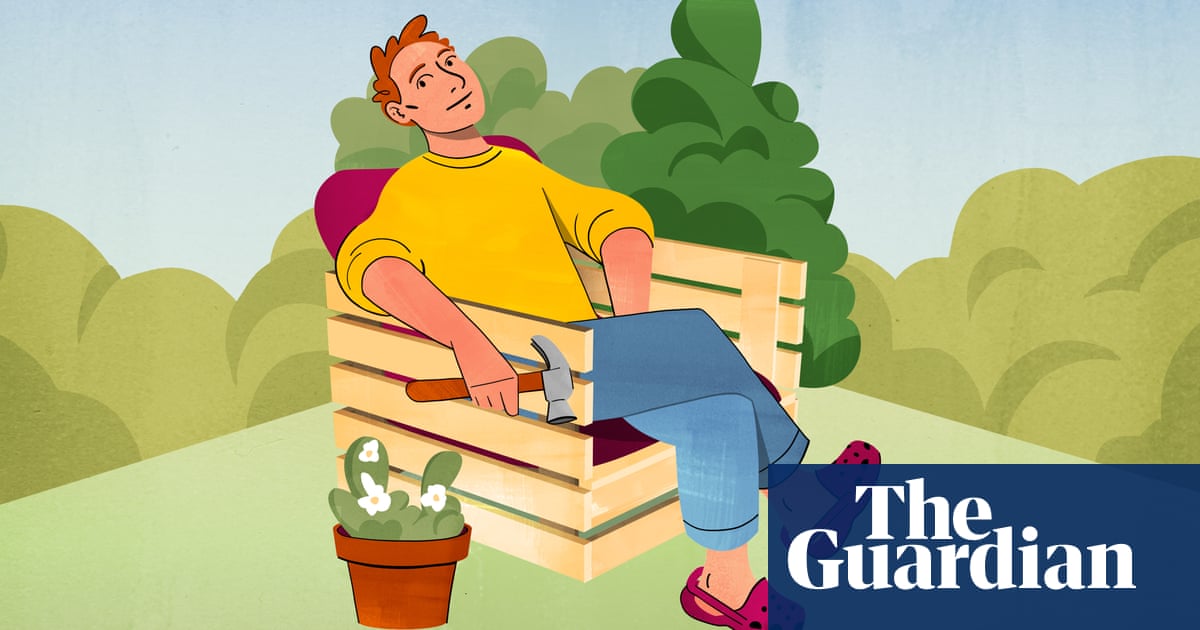
I’m not the kind of grower who has a typical origin story. I didn’t learn to sow seeds or harvest fruit at the feet of a parent or grandparent. But I think I can pinpoint the exact moment I knew I was destined to lead a life dictated by the needs of the crops I would grow.
I was sitting eight storeys above the ground, on the soil of Brooklyn Grange rooftop farm in New York, holding the finest carrot I’d ever met. It was orange through the core but the deepest, richest purple around the outside. It was sweet, crunchy, a delight to behold – and, if I recall the variety correctly, called ‘Purple Haze’.
To look around my veg patch now (which is not quite the abundant space I’d like after the up-and-down summer we’ve had in East Sussex), I can see the legacy of that moment growing around me. Amid the many greens, crops in various shades of purple are waiting to be harvested.
Crops that produce purple leaves or fruit contain a plant pigment called anthocyanin, which is feted for its antioxidant properties. But in my opinion it’s the aesthetic qualities that make these plants so wonderful. When growing edible gardens in primary schools, I found that children were far more intrigued by – and inclined to taste – the unusual varieties of familiar vegetables.
‘Blauhilde’ and ‘Cosse Violette’ are two purple-podded climbing beans currently clambering up my willow structures in the legume bed, having replaced the purple-podded mangetout ‘Shiraz’, which I grow every spring. The only sad thing about these delicious vegetables is that they lose their signature hue when they’re cooked and turn a bog-standard bean green – so I tend to eat them raw, sliced thinly in a dressed salad.
In the brassica bed, there are pleasingly chubby kohlrabi ‘Azur Star’ sitting proud above the ground, with dusky purple skin surrounding a crisp centre that can be eaten raw or cooked. Alongside them are spicy clusters of ‘Purple Plum’ radishes and bunches of ‘Red Russian’ kale – a variety that grows so gladly I have some in the ground most of the year.
Purple shiso (also known as perilla) is a uniquely fragrant herb I grew for the first time last year. It needs warmth to prompt germination, then produces jagged, crinkled dark purple foliage with an iridescent bronze shimmer. Its leaves can be eaten raw or pickled as a flavouring or garnish for ramen and sushi – plus it’s beautiful enough to masquerade as an ornamental foliage plant.
If I had more growing space, I’d be growing purple potatoes and purple cauliflowers, too – but for now, I’ll be planting out more purplish-red radicchio, the leaves of which I hope to be picking by mid-autumn.












